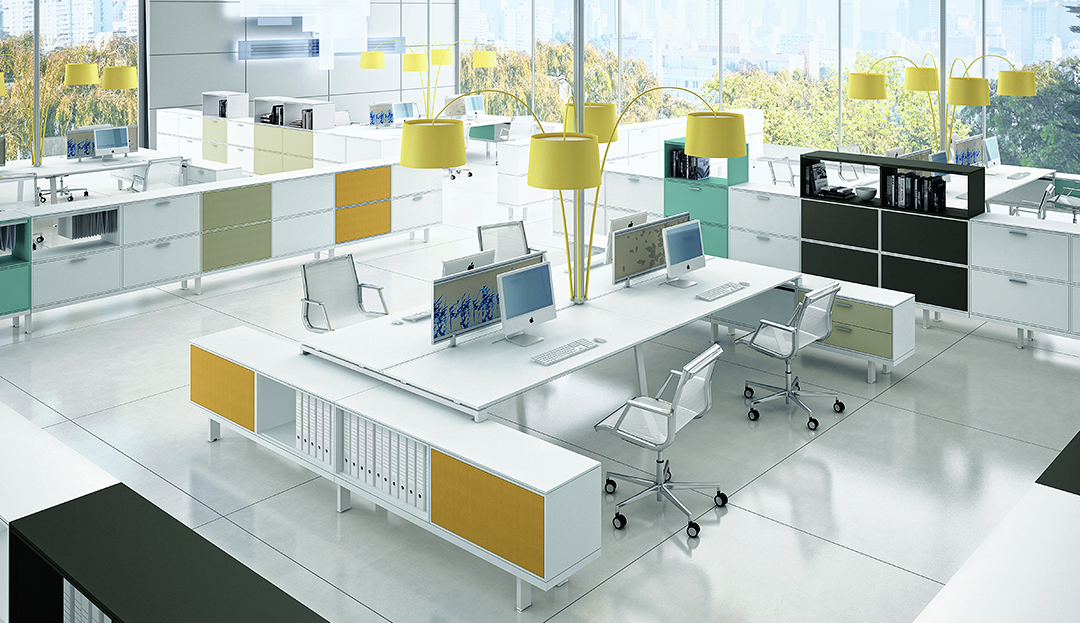By: Kika Perez
Tis the season to take inventory of a long year of relentless work, inspiring achievements and valuable lessons. Our brand and philosophy underwent a complete makeover and we celebrate it.
From the challenging journey of redefining who we are, we emerged bigger and stronger than ever, ready to take on the adventures of the future.
This has been our best year yet and we couldn’t have done it without the engagement and support of our amazing team and customers.
As a thank you, we created a resolution checklist that would place business goals aside and focus on the mindful aspect of our operation, promoting prosperity, wellbeing and happiness.
Follow our full-proof recipe for baking a better you in 2020 and we guarantee you’ll have a very happy new year.
1. Start your day earlier than ever.
The more hours you have in your day, the more you’ll accomplish. Waking up early puts you in the right mindset for success because it allows you extra time to get organized, think more efficiently and diffuse the anxieties of completing daily tasks.
Plus, if you get a head start in the morning, you’ll be productive for longer and have more time to rest at night. This model agrees with your circadian rhythm, the biological process that regulates our sleep and wake cycles every 24 hours. We don’t want to disrupt our body’s natural needs by attempting to be up and about when we should actually be recharging our human batteries.
2. Journal, journal, journal!
A recent study conducted at the Dominican University in California, gathered two hundred and sixty-seven people from all over the world, and from all walks of life, including entrepreneurs, educators, healthcare professionals, artists, lawyers and bankers. The research concluded that you become 42% more likely to achieve your goals and dreams simply by writing them down on a regular basis.
Writing is fundamental for the development of our intelligence because it makes our logic connect with our emotions. Putting our innermost thoughts and desires on paper creates a visual conduit that goes from the creative side of our brain (right) to our rational side (left). This enables a bridge of electrical signals to travel down to our spinal column, making our entire bodies act out our words and intentions. It seems like a magic trick, right? Well, it’s actually just science, which is an ever better king of magic.
3. Put your kindness where your mouth is.
More than 300,000 people die every year due to heart complications from obesity, diabetes and other related illnesses, making it the second leading cause of death in the United States.
Think of these numbers the next time you pass through the McDonalds window or before grabbing that third donut from the box.
Taking care of ourselves is far more important than many of the other standards we seem to prioritize. Eating well, exercising, meditating and releasing stress went from being a doctor’s recommendation to a requirement, if we want to be alive and strong. There are no gimmicks or fast tracks to staying healthy. It is an everyday practice that requires planning, commitment, patience and being kind with our bodies.
4. The 3 D’s: Do Device Detox.
We have become device-dependent zombies who cannot function without wifi, batteries, cables, outlets, USB ports, apps., bluetooth, etc. We are more connected than ever on a virtual scale, but as people, we seem to have forgotten how to even look at each other across the dinner table. There is an obvious, painful and very worrisome gap that is only growing deeper as we become more addicted to technology, gossip and immediacy than we ever thought possible.
To mitigate this epidemic, we suggest the occasional break from all electronic gadgets.
Yes, we’re serious. No Instagram, Facebook, Twitter, Snapchat or any other social forum for at least a few hours a day or one whole day of the week. It’s not as scary as you think. You can do this. I mean, do you really need to know what Tim from your high school Biology class is doing every five minutes, even though you barely even remember him and haven’t seen him since Michael Jackson was black and alive?
Turn that phone off and pay attention to your loved one, your neighbor, your loyal dog or even yourself. Contemplate what’s in front of you and make time to ignore the screen of a fantasy realm that is making you feel ill, like you’re never enough when there’s really nothing missing. You are perfect and part of a beautiful world, so look up and take it all in.
5. Ride your Wheel of Life.
A very powerful tool in Life Coaching guidance is to analyze our “Wheel of Life”.
Much like a pie, this graph divides the angles of our lives so we may better understand which area needs our attention. Work, money, love, friendship, health, etc., are some of the categories we invest time in. But what we’ll often find is that in our adult activities, we often neglect one or more parts while we concentrate on others. This asymmetry creates disruption and unhappiness because our fulfillment and joy as humans comes from being able to excel in all aspects of our humanity.
So remember to make time for friends and family if you spend most of your days at the office, or go enjoy some self-care activities if you’re used to running around like a headless chicken and never take a second to breathe. Break the pattern and give yourself what you need moment to moment, so you may find the balance to savor every piece of your living.
6. Don’t forget to give back.
Nothing is more rewarding than doing our part for the better good. We depend on each other to survive and thrive, so invest a bit of time in selfless acts of generosity and we guarantee you sheer bliss once you see the smiles of those you helped. There are opportunities everywhere for us to offer a little and get so much more in return.
Happy New You, 2020!































